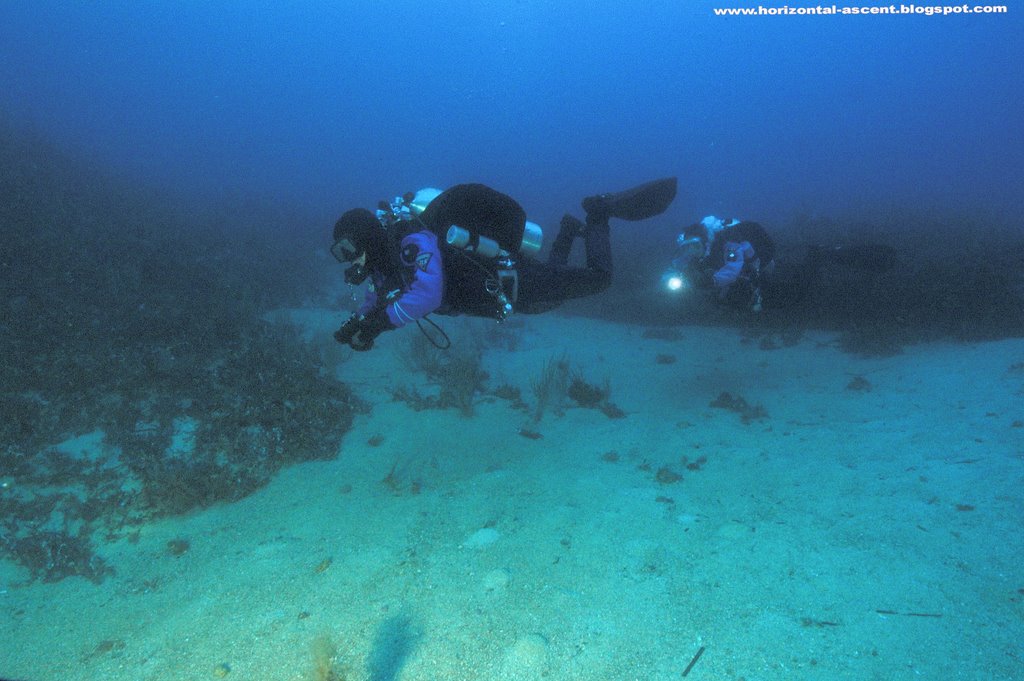Bubble Formation and Elimination
by George Irvine
Gas does not transfer from tissues into arteries or veins, it does so into capillaries. The arteries coming from the heart are huge, thick, elastic, pulsing conduits that get smaller as they branch out until they become capillaries, and then the return to the heart is through veins which are also thick and get larger as they combine to return blood to the right side of the heart.
That blood is then sent to the lungs, where the massive network of tiny capillary beds located in about 45,000 square feet of surface area, act as a "filter" for bubbles. The "filtered" and now oxygenated blood which has passed its co2 and other excess gasses to the lung space, goes back to the heart to be pumper through the system again. The whole trip takes about two minutes to happen.
You do not bubble into the arteries. If bubbles get into the arteries it is because they passed the filter or were "shunted" over through a PFO in the arterial walls, or because they were momentarily compressed enough momentarily to get past the lungs and then re-expanded as the pressure dropped prior to reaching the capillaries, in which case they lodge in the smaller and smaller vessels and block them. This occurs in bounce diving, as in doing a dive and then bouncing back down to retrieve something, like a deco bottle. This is why we do not allow bouncing in the WKPP, and why we require our support divers to stay out for 4 hours before diving shallow for support.
Most people get the greatest rush of bubbles from the tissues into the blood stream upon surfacing from 20 feet or so. This is why we do that differently, (information to follow.) Most people tend to bubble for hours after a dive. Most bubbles tend to grow from the surrounding supply of gas before they get smaller and disappear.
If the bubbles are in the tissues, you have pain. The way to prevent bubbles in the tissues is to properly decompress starting deep and at a rate that allows the bubbles to escape to the blood stream. Deep this needs to be done carefully and in solution, shallow you can press the gradient and allow offgassing in bubble form into the blood stream. The difference is that if you screw up shallow, you can go back a little and fix it. If it occurs deep, that makes it impractical and a huge waste of time for nothing. For people wight cardiac or pulmonary shunts, offgassing in bubble form is super dangerous. For those without, it is far more efficient. For those with PFO's, the risk is greatest AFTER they get out of the water for the reasons stated above (growth of bubbles and continuation of bubble offgassing.)
I think you can see where I am going to tell you that you need to do your shallowest dives first, do your drills before yo do your dives, and why you can basically ignore repetitive dives using the correct deco. You can NOT ignore them with respect to oxygen exposure.
Tratto da:© 1998-2006 GUE.COM
Foto:Waldbrenner.de
Diver foto:David Rhea

Nessun commento:
Posta un commento